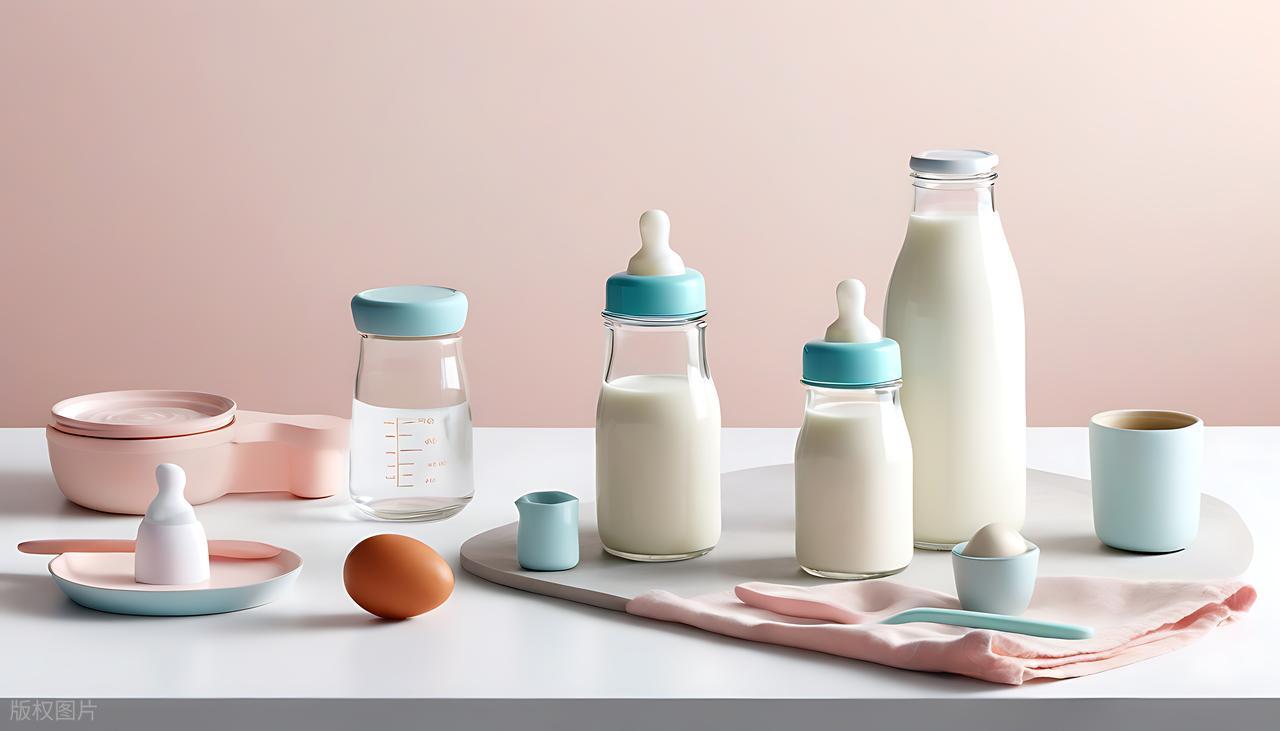Author of this article: Shijishe
In today's increasingly diversified dairy consumption, resilient milk, as a common dairy product in the market and with huge demand, is troubled by various rumors. Now we will objectively analyze the essence, process and value of restorative milk to help consumers make wise choices.

First of all, we need to understand what reconstituted milk is? Reconstituted milk is made of dried or concentrated dairy products and water in proportion through a unique reconstituted formula, sterilized, sterile filling and packaging, thereby obtaining a rich-tasting emulsion.
Rehabilitation milk is widely used in real life:
Dairy raw materials such as yogurt and flavored milk; ·Beverage industries such as milk tea and coffee;
Bakfast food and candy manufacturing; ·Dairy supply in special environments, etc.;

Let you learn about the process flow of restorative milk, and the process of restorative milk mainly includes:
1. Raw material selection: high-quality milk powder or concentrated milk;
2. Reduction process: Mix milk powder with appropriate warm water in proportion;
3. Homogeneous treatment: make the fat evenly distributed and the taste is purer;
4. Sterilization treatment: Ultra-high temperature transient sterilization (UHT) or pasteurization;
5. Cooling filling: Aseptic packaging that quickly cools to room temperature and below;

The most common saying on the market now is: Restoration milk is "fake milk" and has low nutritional value. In fact, reconstituted milk is not "fake milk". Its raw materials come from natural milk, and its main nutrients such as protein and calcium are well preserved. Although some heat-sensitive vitamins (such as vitamins B1 and B6) are lost during processing, the core nutritional value has not been greatly reduced.

The doubts among the people: Restorative milk contains a large amount of additives and is not safe, not suitable for children to drink, and has low nutritional value??
But the truth is that compliant rehabilitation milk only adds food additives (such as stabilizers) within the specified range, and the amount added meets national safety standards. You can check the product label to learn about the specific ingredients and choose products with fewer additives.
Rehabilitated milk is also rich in protein and calcium, and can be used as one of the sources of dairy products for children. However, you should pay attention to choosing products without additional sugar and ensure dietary diversity. Restorative milk is a legal dairy processing method. Its raw milk powder must comply with national standards and is not a inferior product.
Rehabilitated milk retains nutrients that are crucial to human health: protein: content is comparable to fresh milk, providing essential amino acids; calcium: calcium loss is extremely small during processing, and has high bioavailability Other minerals: phosphorus, magnesium, zinc and other minerals have high retention rates Carbohydrates: lactose content is stable, which is an important source of energy.

While high temperature treatment can cause some vitamin loss, this does not affect its value as a source of high-quality protein and calcium. Restorative milk is a safe and legal dairy product. Although its nutritional value is slightly different from fresh milk, it is still a good source of high-quality protein and calcium, and it is worth buying with confidence.














